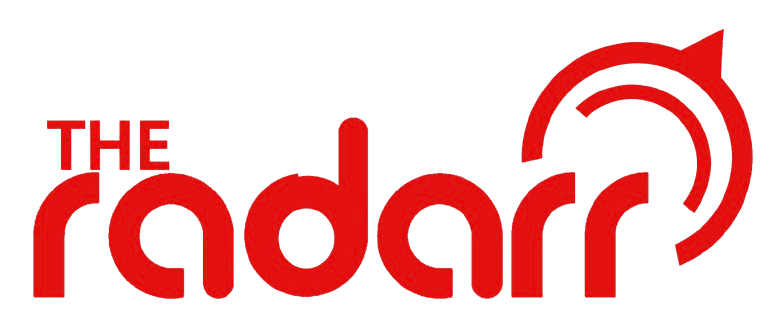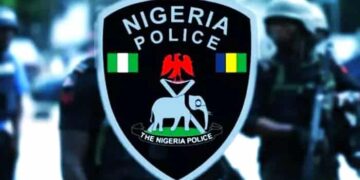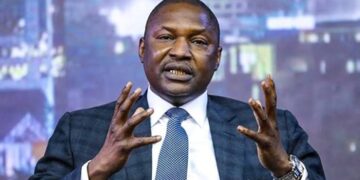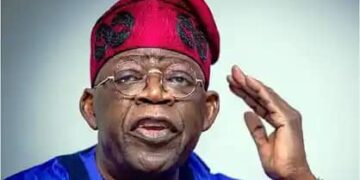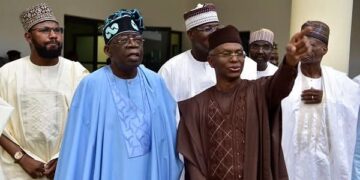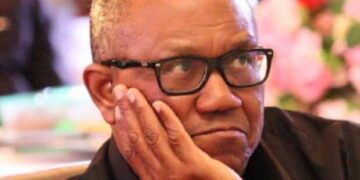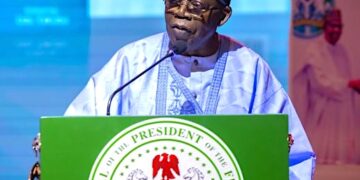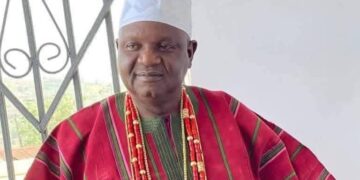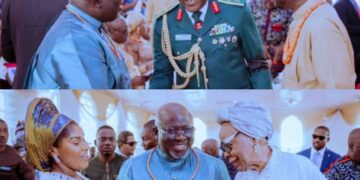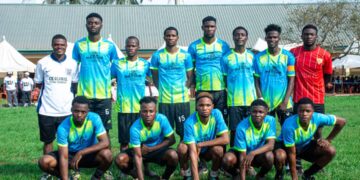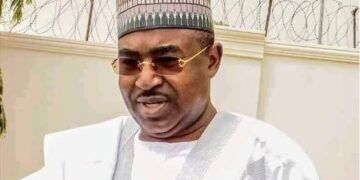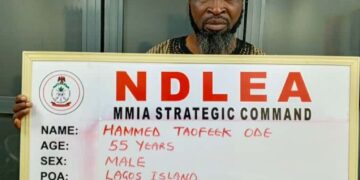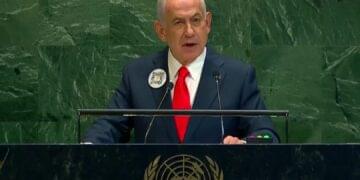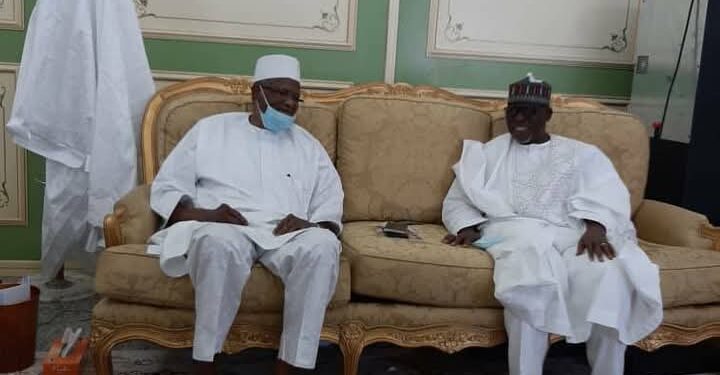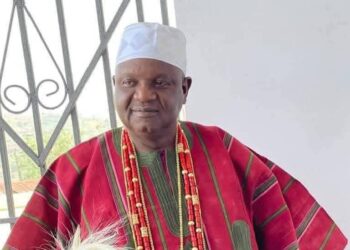Excerpts from Captain Idris Wada’s Autobiography, Wings of Promise..
After I left Nigeria Airways in 1981, I was offered the opportunity to establish a flying unit for the Dantata Group, which came to be known as United Air Services. I wasn’t just going to be a pilot; I also had managerial responsibilities. Even though I already had a bit of experience being a Captain at Nigeria Airways, my position at the Dantata Group in Kano had more scope.
I was exposed to more elements related to flying that I would ordinarily not have encountered. For instance, I had to oversee maintenance planning, which was an aspect I didn’t have to deal with at Nigeria Airways. I had to look for a maintenance facility and negotiate the best price. I was also in charge of recruiting, and I had to ensure I got the best people for the job.
They had a fleet of five aircraft that I had to manage: an HS-125, a Boeing 727, a BAC 111, and eventually a Boeing 707 cargo. The Boeing 727 was a unique hybrid aircraft. Its front section housed 14 executive seats, while the rear had been modified and the flooring reinforced to accommodate 10 to 12 tons of cargo.
The success of this hybrid model led us to an even more ambitious project. Alhaji Usman Dantata, the founder of the company, supported by his nephew, Alhaji Aminu Dantata, wanted to expand our capacity. He proposed that we convert our Boeing 707 passenger airplane into a dedicated cargo aircraft that could triple our cargo-carrying capacity. To achieve this, we negotiated a contract with British Caledonian, a British private airline that was a competitor of British Airways in those days. They had a fantastic maintenance facility at Gatwick Airport. It took them about a month and a half to work on the aircraft. They took out all the seats and strengthened the floor and the structure.
While all that was going on, we went to the USA and underwent conversion training for the Boeing 707. We completed the ground course, where we studied the intricate details of the aircraft systems and aerodynamics. After that, we had simulator training. It was my first experience with such advanced technology.
It was a Phase 3 simulator, which meant it was almost impossible to differentiate it from the actual aircraft. Every switch, every dial, and every response perfectly mimicked the real thing. The simulator allowed us to practice procedures and manoeuvres in a controlled environment before ever stepping foot in the actual aircraft. I think what fascinated me most was that after completing the simulator training, there was no aircraft training, and we were given our licences. This meant my first flight on the 707 would be the one we were converting to cargo at the British Caledonian facility in Gatwick.
I was in awe of how far aviation technology had come, that we could master such a complex machine primarily through simulation.
During our First Cargo flight, we flew back to Gatwick, where our newly converted cargo plane awaited us, along with instructions for our first mission—flying to Lahore, Pakistan. After completing thorough pre-flight checks, we embarked on what would become one of my most memorable flights.
The mission was to transport special breeds of cattle and horses from Lahore to Kano. We had veterinarians and handlers aboard to tend to the animals, which were secured in specially designed pens to prevent chaos during any turbulence.
These long-haul flights typically departed at night when air traffic was lighter and made the flight smoother. As we prepared for takeoff around 10 pm, my co-pilot, Captain Roy, an experienced Ugandan pilot who had been a training captain for Nigerian Airways, expressed serious reservations. Despite his impressive credentials, he was reluctant to fly an aircraft we hadn’t operated before, more so on such a long flight.
I tried to reassure him, explaining that the cockpit layout and controls were identical to what we had trained for in the simulator. “Once we’re airborne, it’s just like any other flight,” I said. But he remained unconvinced, viewing it as a potential suicide mission.
After informing Alhaji Dantata of the situation and the likelihood of finding another pilot, Captain Roy eventually came around, saying if I was confident enough to fly, he would trust my judgment.
Our crew of four—myself as commander, Captain Roy, and two junior co-pilots, Captains Sidi and Mohammed—finally began our journey. As we taxied down the runway and lifted into the night sky, I felt the familiar sense of calm that comes with being airborne.
The flight path took us through multiple air traffic control zones, each hand-off precisely choreographed. From UK airspace to France on frequency 121.7, then to Algeria, and on to Egypt, the night stretched on as we tracked our progress on the aircraft’s instrument map, monitoring checkpoints, distances, and speeds with meticulous attention.
By the time dawn broke and we announced our arrival in Lahore, after ten and a half hours of flying, Captain Roy’s earlier fears had completely dissolved. The flight had proven to be a powerful demonstration of how proper training, clear leadership, and steady nerves could overcome even the most daunting challenges. It was a defining moment in my career, where I had to exercise firm command while maintaining the confidence of my crew.
The flight from Lahore to Kano took us about nine hours. Trucks were waiting to load the animals upon our arrival and take them to the farm. Alhaji Dantata was very happy and pleased, while we felt a sense of immense accomplishment.
Alhaji Dantata’s farm was called Anadariya Farms, which he founded in the 1980s. It was an impressive operation that showcased his business acumen. Beyond the cattle and horses we transported from Pakistan, we regularly flew in massive shipments of day-old chicks from Italy and Holland, sometimes up to 250,000 chicks per flight. Over time, we brought in over a million chicks to stock the farm.
The business model was brilliant in its simplicity. The chicks would mature within eight weeks and sell for about eight naira each in those days. With a million chicks cycling through this system, the farm generated significant revenue and created substantial economic activity in the region.
Alhaji Dantata was one of the most focused and hardworking businessmen I’ve ever encountered. He was also a keen polo player, bringing the same intensity he brought to business to the sport. He was an uncle to Aliko Dangote, who would later become Africa’s wealthiest businessman.
In many ways, Alhaji Dantata helped shape his nephew’s business acumen, passing down the same principles of hard work and strategic thinking that made Anadariya Farms such a success.
Working with him gave me invaluable insights into how vision, careful planning, and determined execution could transform ambitious ideas into thriving enterprises. The cargo flights we operated were more than just transportation; they were vital links in a sophisticated business operation that brought modern farming practices to Northern Nigeria.
My Father remains eternally grateful to the Dantata Family for the role they played in his Professional Career Growth..
May Allah grant Alhaji Aminu Dantata eternal recompense in the hereafter.
Amen
Pictures:
My Father’s last visit to Alhaji Aminu Dantata in his residence in Kano.
My father with a day old Chick on his palm during one of their cargo flights conveying day old chicks from Holland to Kano for Anadariya Farms.
United Air Services Boeing 707 Cargo Airplane.
